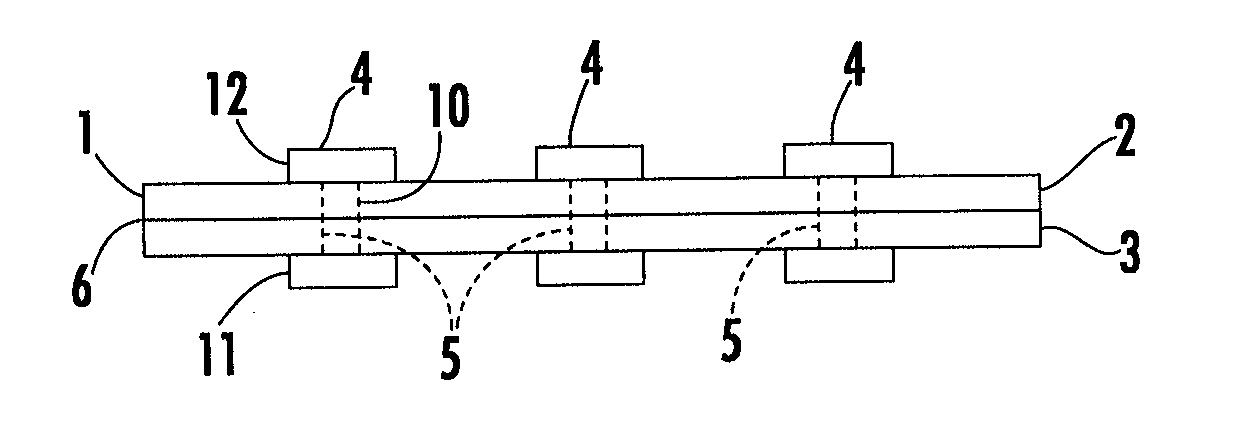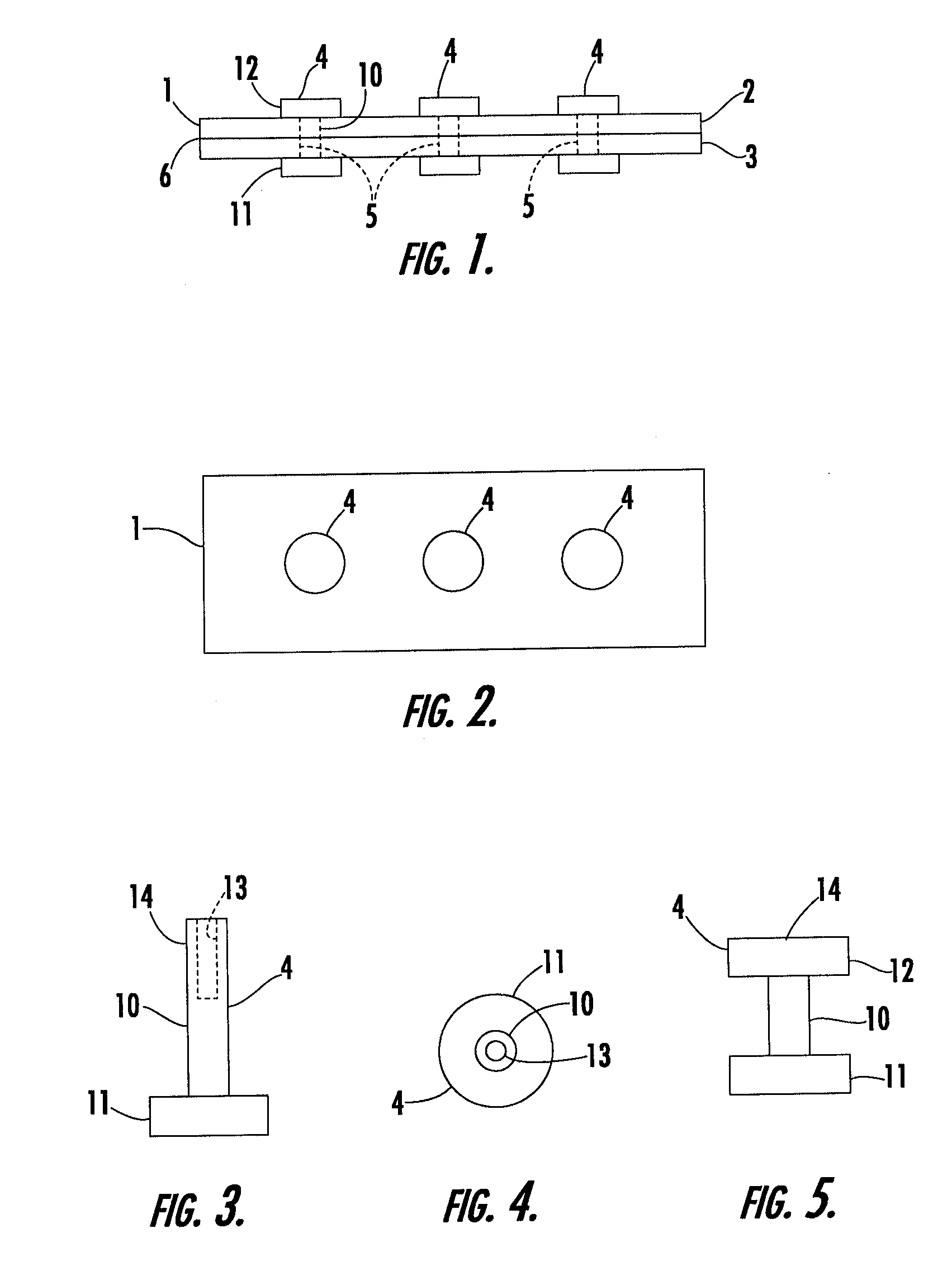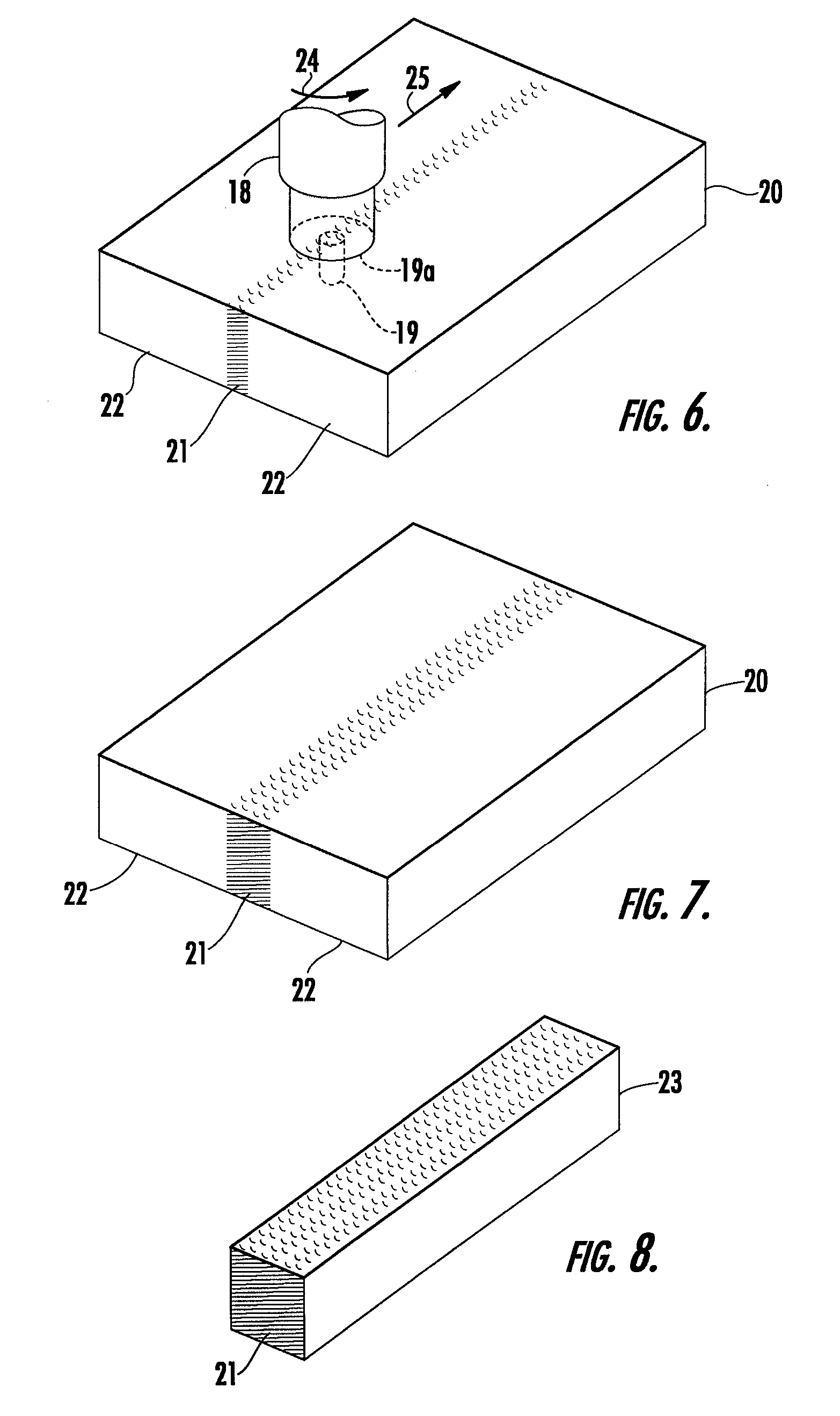Method of manufacturing rivets having high strength and formability
a manufacturing method and rivet technology, applied in the field of rivets, can solve the problems of cracking or tearing, and reducing the likelihood of rivet failure, so as to improve the formability, improve the cost effect, and improve the formability
- Summary
- Abstract
- Description
- Claims
- Application Information
AI Technical Summary
Benefits of technology
Problems solved by technology
Method used
Image
Examples
Embodiment Construction
Background of Invention
[0001] FIELD OF THE INVENTION The present invention relates to rivets and, more particularly, relates to a method of manufacturing rivets having high strength and formability.
[0002] BACKGROUND OF THE INVENTION Structural assemblies are commonly formed by joining two or more structural members using fasteners, such as rivets. In the aerospace industry, where weight and strength are of critical concern, the joints of structural assemblies typically are subjected to repeated cycles of shear, compressive, and tensile stresses over the life of the assembly. As a result, the rivets must have good mechanical strength and fatigue resistance without adversely affecting the overall weight of the structural assemblies. In addition, because the structural assemblies may be exposed to the ambient environment, including moisture exposure and temperature fluctuations, the joints must be secured with rivets having good corrosion resistance and resistance to thermal stresses. ...
PUM
| Property | Measurement | Unit |
|---|---|---|
| grain size | aaaaa | aaaaa |
| grain size | aaaaa | aaaaa |
| grain size | aaaaa | aaaaa |
Abstract
Description
Claims
Application Information
 Login to View More
Login to View More - R&D
- Intellectual Property
- Life Sciences
- Materials
- Tech Scout
- Unparalleled Data Quality
- Higher Quality Content
- 60% Fewer Hallucinations
Browse by: Latest US Patents, China's latest patents, Technical Efficacy Thesaurus, Application Domain, Technology Topic, Popular Technical Reports.
© 2025 PatSnap. All rights reserved.Legal|Privacy policy|Modern Slavery Act Transparency Statement|Sitemap|About US| Contact US: help@patsnap.com



